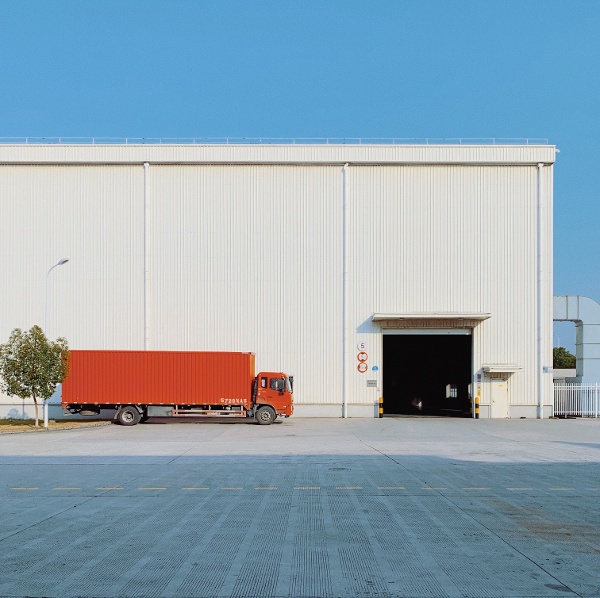Transportation
Transportation is an industry ripe with opportunity for the Internet of Things. The world is racing to build and adopt more efficient, sustainable methods to get people from point A to point B, and connectivity has a key role to play.
IndustryEnergyemnify_smart-energy.jpg?height=600&name=www.emnify.comhubfsemnify%20-%20new%20Website%20(EVG)IndustryEnergyemnify_smart-energy.jpg)
How you can simply connect transportation applications?
A small sim-card and a smart platform provides everything you need.
/Industry/Transportation/emnify-transportation.jpg?width=1080&name=emnify-transportation.jpg)
Empowering transportation
Fleet management, cold chain monitoring, and asset tracking are a vital part of operations in numerous industries. Electric vehicles continue to grow in popularity and accessibility. Micromobility solutions like rentable bikes and e-scooters are seeing increased adoption. And smart traffic management is enabling cities to improve traffic flows without vastly expanding roads and infrastructure.Internet of Things (IoT) developers have played a central role in many of these innovations, using connected sensors to track and optimize devices, automatically identify and respond to congestion, and facilitate smart EV charging.

But transportation IoT applications present plenty of challenges for manufacturers. Not all IoT connectivity solutions work in a mobile environment. Some won’t keep devices connected indoors, outdoors, or in places where other devices interfere with signals. They may drain a device’s battery too fast.
Or leave it vulnerable to hacking and physical tampering.The slightest latency in a cellular navigation system can cause customers to lose visibility on assets, cause delays, inhibit fleet optimization, or even create supply chain disruptions. Holes in security could enable vehicle theft or worse.
Thankfully, cellular connectivity is proving to be a valuable solution that takes the challenges of IoT in transportation head on.

Cellular IoT in transportation
Cellular networks were designed for mobile environments. People can’t have calls dropping and messages failing every time they ride in a vehicle. And that makes this an ideal solution for IoT applications that need to operate in fast-moving settings.
These networks also boast great signal strength. Cellular transmissions can easily penetrate buildings and handle device interference in crowded cities.
Here’s how our customers are revolutionizing the transportation industry today:
EV Charging
EV Charging stations are often deployed in parking garages and other environments that interfere with connectivity. emnify’s SIMs automatically select the network with the best signal, so you aren’t stuck with poor service and transaction failures.
By bringing cellular IoT to EV Charging, you and your customers can remotely configure each station and manage energy consumption more efficiently.
Fleet management
Whether you have a fleet of semi-trucks, buses, vans, construction equipment, taxis, or other vehicles, IoT devices enable you to remotely track every vehicle and monitor diagnostic information—so you can manage your assets more efficiently. Transmitting positioning and performance data helps you plan better routes, coordinate maintenance, keep vehicles secure, analyze driver behavior, and more. With cellular connectivity, your devices can transmit more information more frequently and stay connected wherever your fleets operate.
Smart traffic management
By automating traffic lights and signage to respond to congestion and irregularities like construction projects or emergencies, cities can optimize traffic flows and avoid unnecessary investments in road systems. Cellular connectivity provides a low latency solution that helps smart traffic management systems react quickly, and SIM cards help keep the devices and their transmissions more secure.
Micromobility
Whether you’re producing fleets of rentable bikes, e-scooters, skateboards, or something else, cellular IoT is essential for micromobility. With emnify’s SIMs, you can track and control your devices anywhere in the world, ensure customers have quality experiences and gather valuable data about how and where they use your devices.
Read how the most innovative transportation companies use emnify

Ryde Technology
Ensuring ride comfort and service continuity with >80% reduced device downtime

ZEUS Scooters
Optimizing e-scooter sharing user experience with reduced connectivity downtime

Be Power
Scaling Italy's second-largest public EV charging network by six times

Y.Share
Helping fleet operators save 9.5 million liters of fuel usage
